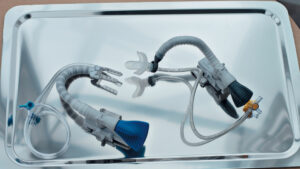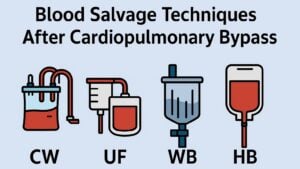Fresh-frozen plasma transfusion is a vital component of modern medical practice, employed in various clinical scenarios to manage coagulation disorders and support patients in need. While fresh-frozen plasma is undeniably beneficial, it is crucial to recognize that, like any medical intervention, it carries potential risks and adverse effects that healthcare providers must be well-prepared to manage. Among the spectrum of adverse effects, this discussion mainly focuses on 3 significant categories: allergic reactions, transfusion-associated circulatory overload, and transfusion-related acute lung injury. While varying in their presentation and mechanisms, these complications underscore the importance of thorough understanding and vigilant monitoring in the administration of fresh-frozen plasma to ensure both its effectiveness and the safety of transfusion recipients.
Blood is a circulating specialized body fluid containing components such as plasma, red blood cells, platelets, and white blood cells. Whole blood is separated into components by centrifugation due to the components’ different densities and sedimentation rates. Centrifugation of whole blood leads to red cells settling at the bottom and white cells settling above the red cells. Platelets form a layer above the white cells. A refrigerated centrifuge is a device used to separate blood and its components. Whole blood is subjected to a heavy spin (5000G), which yields packed red blood cells, platelet-poor plasma, buffy coat, and fresh-frozen plasma. The light spin (1500G) of the centrifuge is utilized to yield platelet-rich plasma. The components are also separated using apheresis. Apheresis is a procedure used to collect blood components from a single donor in one session. Whole blood is collected from a voluntary donor and stored in bags with CPDA (citrate-phosphate-dextrose-adenine) solution.
Fresh-frozen plasma is a part of whole blood that is fractionated and frozen within 8 hours to preserve the coagulation factors. Plasma was one of the first blood components developed during World War II military trauma resuscitation. In 1936, Dr. John Elliott mentioned that plasma could be used as a blood substitute in traumatic shock. Dr. Max Strumia developed freeze-dried plasma for military use. Post World War II, plasma transfusion became more common in medical management. Over time, increased screening of blood-borne diseases and improved safety measures have reduced complications related to plasma transfusion.
Fresh-frozen plasma can be stored at -25 °C or below for up to 36 months. Fresh-frozen plasma comprises labile and stable coagulation factors, plasma proteins, fibrinogen, and factor VIII. The temperature helps in preserving the labile coagulation factors. The factors present are fibrinogen, factor II, factor V, factor VII, factor VIII, factor IX, factor X, factor XI, factor XII, factor XIII, protein S, protein C, antithrombin III, and Von-Willebrand factor antigen. Fresh-frozen plasma is thawed using a water bath at 37°C. Once thawed, the plasma should be transfused promptly. If it is not possible to administer the transfusion immediately, the plasma should be stored and used within 4 hours maintained at a temperature of 22 ±2°C, or a maximum of 120 hours if stored at a temperature of 4 ±2°C.
Transfusion is indicated in the context of single or multiple coagulation factor deficiencies, acute disseminated intravascular coagulation, immediate reversal of warfarin effect, thrombotic thrombocytopenic purpura, massive transfusion, liver disease, special pediatric considerations, and cardiopulmonary bypass surgeries. Transfusion reactions with fresh-frozen plasma can range from minor to life-threatening. They can be classified as acute or delayed, immunologic and non-immunologic.
Acute transfusion reactions include acute hemolytic, allergic, anaphylactic, febrile nonhemolytic, bacterial contamination, transfusion-related acute lung injury (TRALI), and transfusion-associated circulatory overload (TACO). Delayed transfusion reactions include delayed hemolytic transfusion reaction, transfusion-transmitted infection, and post-transfusion purpura. If a reaction is suspected, transfusion must be stopped immediately, and the blood bank and treating physician must be notified.







